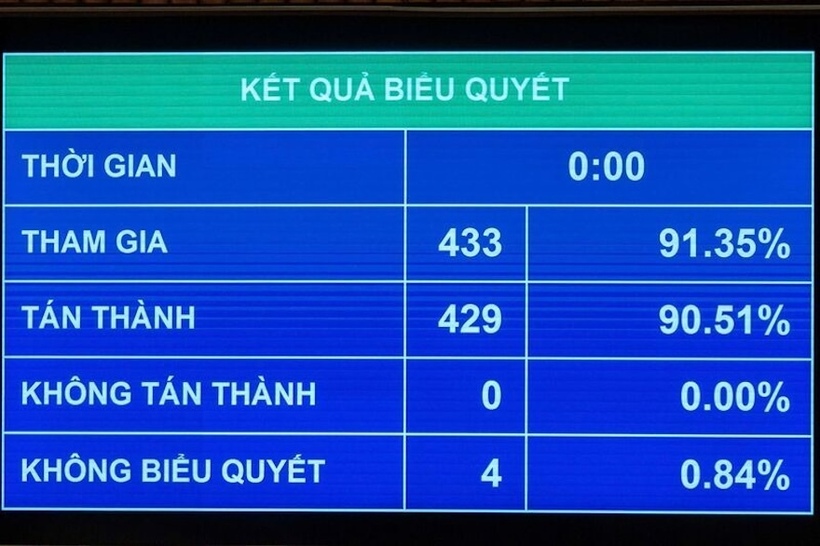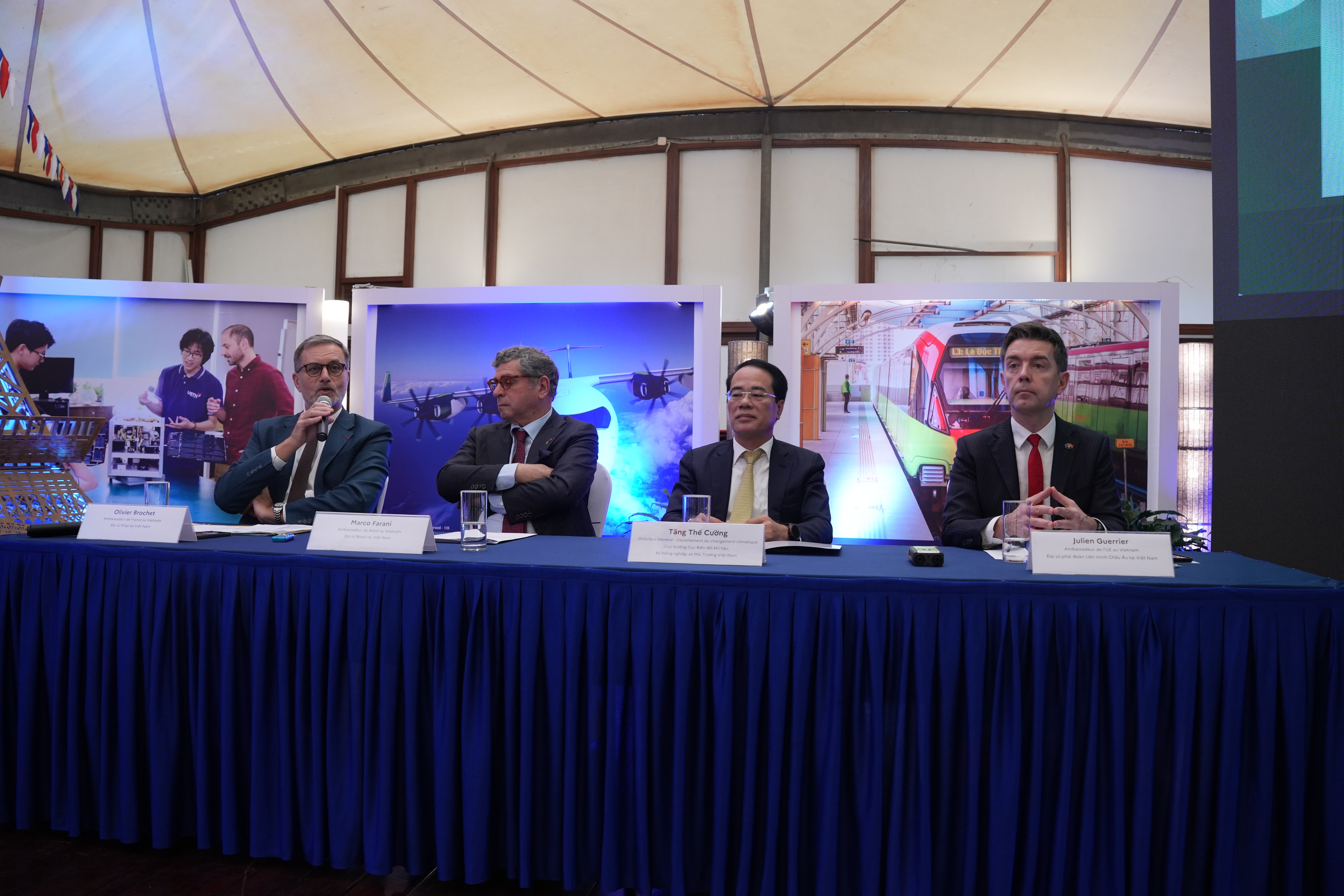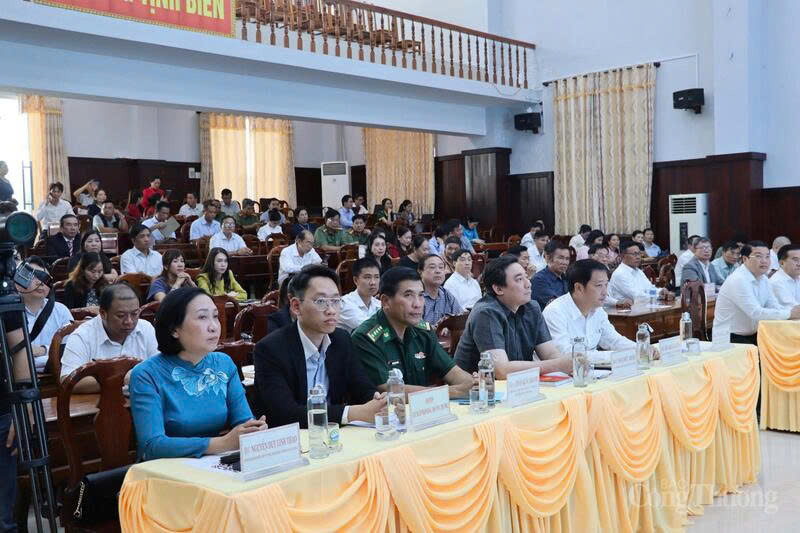
Travel trends 2026: The rise of ultra-personalised journeys
19:05 | 23/03/2025 23:18 | 12/12/2025Tourism
Diversify export markets
On November 13, the 15th National Assembly, during its 10th session, adopted the Resolution on the 2026 socio-economic development plan with 429 out of 433 deputies voting in favor (90.51%).
The Resolution sets out clear objectives, 15 key indicators, and 11 priority tasks and solutions based on the draft documents of the 14th National Party Congress and conclusions of the 13th Party Central Committee meeting.

The National Assembly votes to approve the Resolution on the 2026 socio-economic development plan.
Major targets include GDP growth of at least 10%; GDP per capita of USD 5,400-5,500; the share of manufacturing and processing reaching roughly 24.96% of GDP; average CPI increase of around 4.5%; and average labor productivity growth of about 8.5%.
Regarding key tasks and solutions, the Resolution emphasizes revitalizing traditional growth drivers investment, consumption, and exports while strongly fostering new drivers such as science and technology, innovation, the digital economy, the green economy, and the circular economy.
Vietnam will also promote the domestic market, stimulate consumption, expand tourism, and intensify trade promotion through diverse channels, including large-scale fairs across commerce, industry, agriculture, and services.
The Resolution stresses diversifying export markets, effectively exploiting traditional partners, and accelerating negotiations and signing of new FTAs in promising regions. Vietnam will develop policies to attract major international investment funds and expand logistics, especially air and maritime transport.
Developing pillar industries
The Resolution highlights the need to establish a new growth model driven by science-technology, innovation, and digital transformation. By 2026, the digital economy’s added value is projected to account for about 14% of national GDP.
Vietnam aims to develop foundational industries, spearhead sectors, and emerging industries; form specialized industrial clusters and large-scale industrial complexes; and promote railway manufacturing, nuclear-related industries, green and clean energy, aerospace, and quantum technologies. Support industries will receive coordinated and effective policy measures.
A key focus is the development of energy infrastructure to meet economic growth demands. The Resolution calls for effective implementation of the adjusted Power Development Plan VIII and the creation of “special, breakthrough mechanisms” to attract and deploy important and urgent national energy projects, including ensuring progress on the Ninh Thuan 1 and Ninh Thuan 2 nuclear power plants.
Additionally, Vietnam will strengthen high-quality human resources in priority and high-tech sectors, accelerate scientific research, innovation, and digital transformation, and expand technology-centered economic diplomacy. Border trade cooperation will be enhanced to strengthen ties with neighboring countries and mobilize resources for development while elevating Vietnam’s international standing.
Resolution on the 2026 socio-economic development plan on the 2026 socio-economic development plan, with a majority of votes in favor, shows high consensus and agreement. At the same time, many practical, feasible, and comprehensive solutions are proposed in most areas.

19:05 | 23/03/2025 23:18 | 12/12/2025Tourism

19:05 | 23/03/2025 23:04 | 12/12/2025Trade

19:05 | 23/03/2025 23:00 | 12/12/2025Society

19:05 | 23/03/2025 19:39 | 12/12/2025Trade

19:05 | 23/03/2025 19:37 | 12/12/2025News and Events